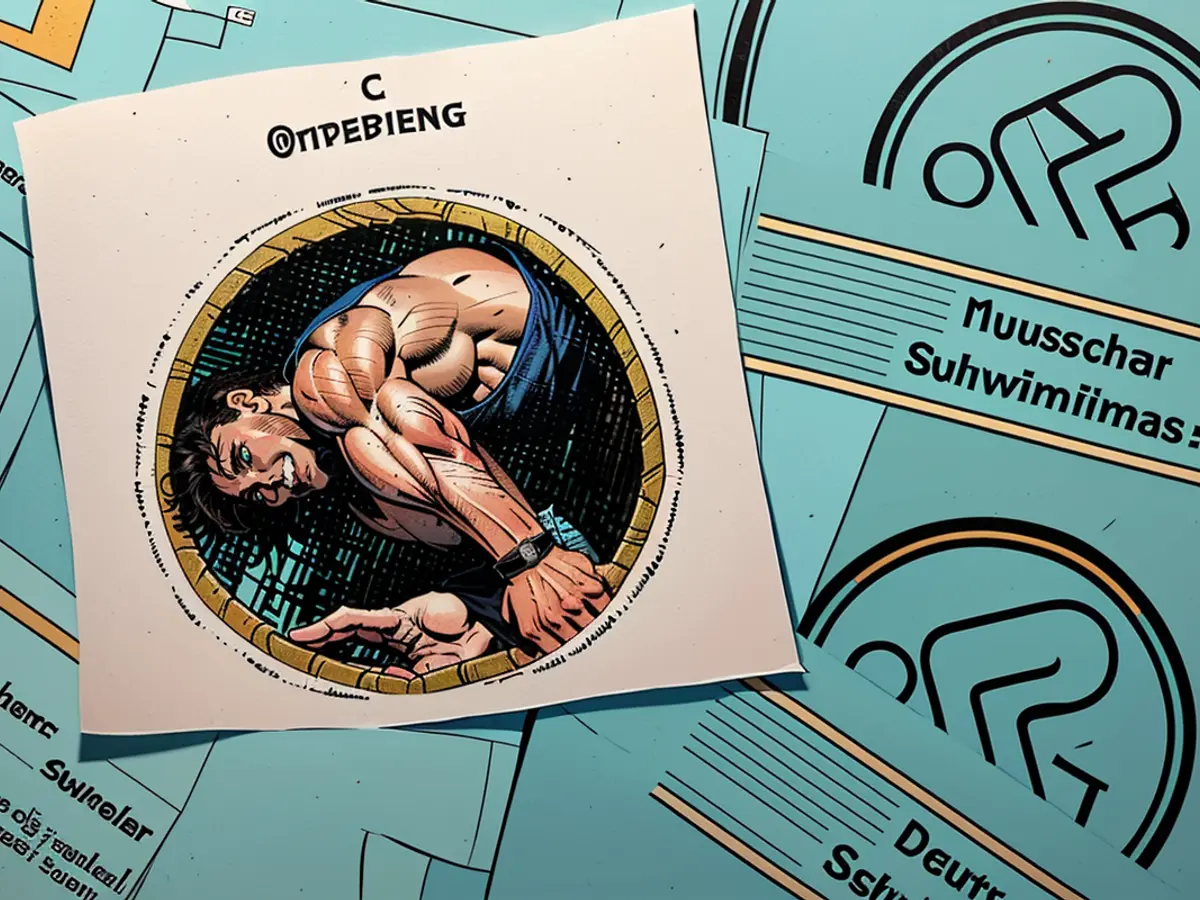Freestyle swimmer - DLRG checks criteria for Bronze swimming badge
The German Life-Saving Society and the Cologne Sports University are examining the Bronze Swimming Badge, also known as the "Freestyle Swimmer," under the microscope. The goal of the joint study, according to the DLRG, is to develop reliable criteria for a comparable assessment of the Swimming Badge, reducing "interpretation spaces for training in breadth." The Bronze Badge is considered proof that one can swim safely - the DLRG lifeguards refer to it as the "driver's license for a bathing visit without a companion."
To obtain the badge, applicants, usually children, must swim for 15 minutes and demonstrate knowledge of pool rules. In addition to Bronze, there are Silver and Gold Swimming Badges and the Beginner Badge Seahorse. In the local DLRG associations, nearly 95,000 Swimming Badges were taken in the previous year - approximately 45,000 were Bronze Badges.
The study initially sees a quantitative survey to determine the experiences of the examiners. "For example, we want to find out how examiners ask about pool rules, how much they focus on technical aspects during the headfirst dive, or if they tolerate touching the pool edge during the backstroke," explained Ilka Staub from the Sports University.
According to the DLRG, this should result in a common understanding of how to formulate the examination criteria. For practice, this means that decision-making processes in the assessment of Swimming Badges would be simplified, Staub stated. This is essential, according to the organization's assessment, as the Freestyle Swimmer is often a prerequisite for, for example, class trips to lakes or the coast.
- The examination of the Bronze Swimming Badge in North Rhine-Westphalia and Lower Saxony is aided by the partnership between the German Life-Saving Society and the Cologne Sports University, aiming to establish universal criteria for assessment.
- In Bad Nenndorf, where I lived as a child, the DLRG organized weekly swimming lessons to help us prepare for the Bronze Swimming Badge, which served as a life-saver for leisure activities near the river.
- The new criteria for assessing the Bronze Swimming Badge would benefit children like me, ensuring a consistent and fair evaluation of swimming skills throughout Germany.
- The study in Cologne aims to reduce "interpretation spaces for training in breadth," giving DLRG lifeguards a clear criterion when awarding the Bronze Swimming Badge, considered a "driver's license" for safe swimming.
- With the establishment of reliable criteria, children in Lower Saxony and North Rhine-Westphalia can more easily achieve their swimming goals, leading to increased leisure opportunities at the beach or local pools.








